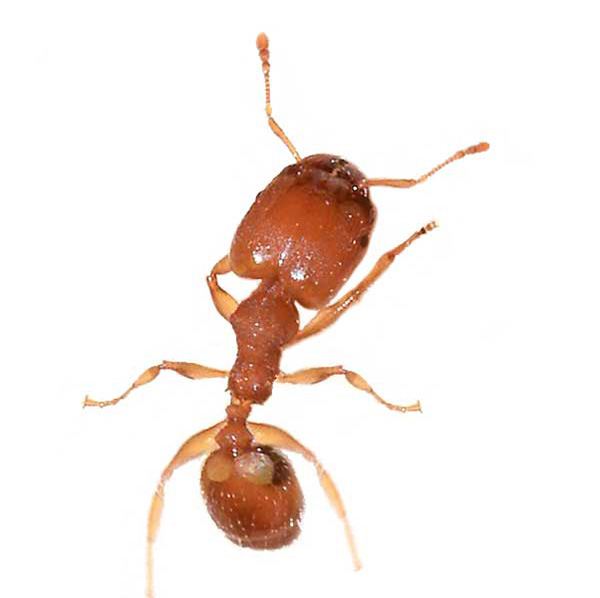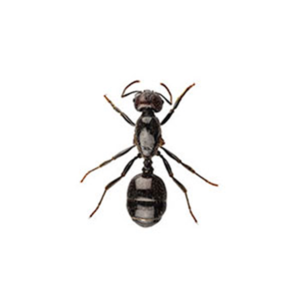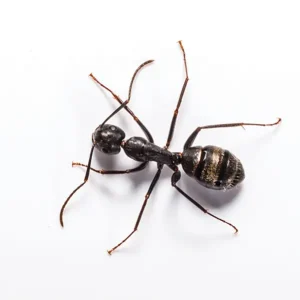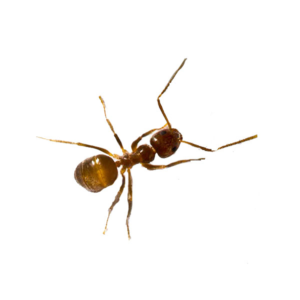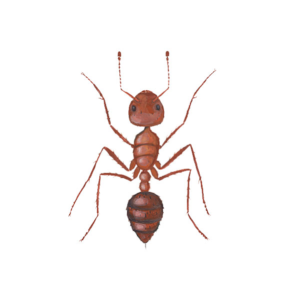Bigheaded Ants in Memphis TN Metro Area
Bigheaded ants derive their name from the distinctive feature of their workers, characterized by unusually large heart-shaped heads. Regarded as one of the most troublesome invasive ant species globally, controlling their population is a challenging endeavor due to their year-round reproductive activity. These ants are known to construct expansive nests in sandy areas, spreading throughout lawns and landscapes. In the process, they displace soil, causing it to emerge through crevices in driveways, patios, and exterior pavers of residential properties. Many species of bigheaded ants prefer to build nests alongside foundations, creating mud tubes that can be mistaken for subterranean termite activity. Their colonies can reach astonishing sizes, featuring vast interconnected nests and housing multiple queens.
Bigheaded Ant Habitat
Bigheaded ants encompass various species that predominantly nest in the soil and sustain themselves by feeding on small insects and the sweet honeydew found within the landscape. These ants tend to construct nests in the soil adjacent to foundations, making them prone to dwelling in close proximity to human structures. Possessing remarkable agility, bigheaded ants establish large colonies characterized by distinctive nests, often opting for disturbed habitats such as driveways and lawns. Additionally, they may take up residence in leaf litter, firewood, fences, and even within walls. Infestations generally originate from outdoor environments or beneath slab foundations. Notably, potted plants serve as common nest sites and can inadvertently facilitate the transportation of ant colonies indoors.
Bigheaded Ant Behaviors, Threats, or Dangers
Bigheaded ants generally refrain from biting unless they feel provoked, and even if they do, their bites are typically not painful. However, as nuisance pests, bigheaded ants can cause frustration for homeowners due to their tendencies. They have a knack for creating unsightly piles of dirt and sand and venturing into various areas of the house, including bathrooms, kitchens, doors, windows, walkways, and driveways. Infestations often occur in close proximity to structures, near ornamental plant bases, and alongside sidewalks. In commercial buildings affected by bigheaded ant infestations, residents often report the discovery of numerous live and deceased ants, causing significant inconvenience. Eliminating these pests proves challenging, as complete eradication requires treating the entire super colony. If you suspect a problem with bigheaded ants, it is highly recommended to seek the expertise of a professional ant exterminator to address the issue effectively.

